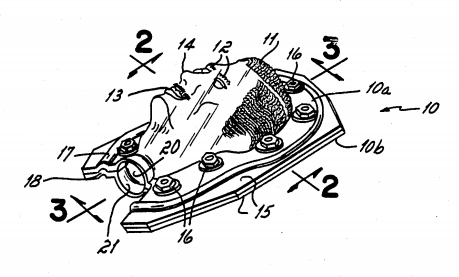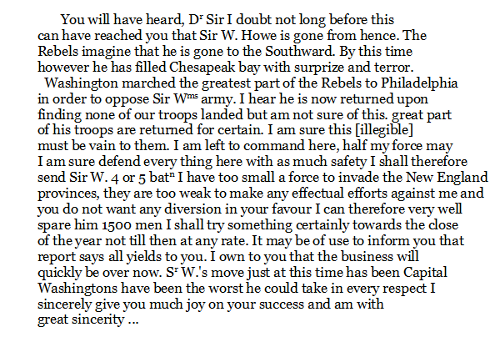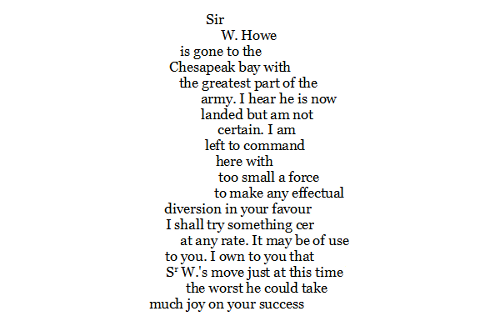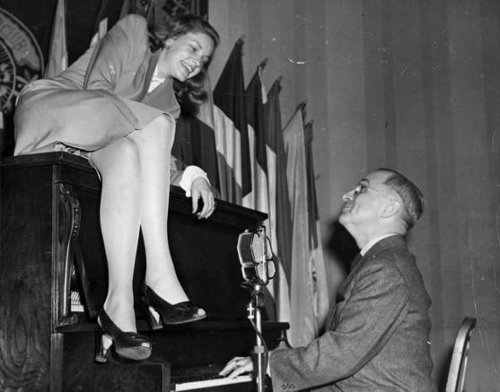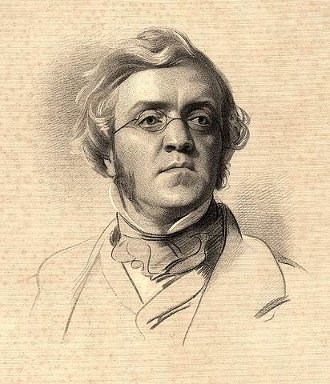
In 1855 American publisher James T. Fields made the mistake of taking William Thackeray to a dull scientific lecture:
During his second visit to Boston I was asked to invite him to attend an evening meeting of a scientific club, which was to be held at the house of a distinguished member. I was very reluctant to ask him to be present, for I knew he could be easily bored, and I was fearful that a prosy essay or geological speech might ensue, and I knew he would be exasperated with me, even although I were the innocent cause of his affliction. My worst fears were realized. We had hardly got seated, before a dull, bilious-looking old gentleman rose, and applied his auger with such pertinacity that we were all bored nearly to distraction. I dared not look at Thackeray, but I felt that his eye was upon me. My distress may be imagined, when he got up quite deliberately from the prominent place where a chair had been set for him, and made his exit very noiselessly into a small anteroom leading into the larger room, and in which no one was sitting. The small apartment was dimly lighted, but he knew that I knew he was there. Then commenced a series of pantomimic feats impossible to describe adequately. He threw an imaginary person (myself, of course) upon the floor, and proceeded to stab him several times with a paper-folder which he caught up for the purpose. After disposing of his victim in this way, he was not satisfied, for the dull lecture still went on in the other room, and he fired an imaginary revolver several times at an imaginary head. Still, the droning speaker proceeded with his frozen subject (it was something about the Arctic regions, if I remember rightly), and now began the greatest pantomimic scene of all, namely, murder by poison, after the manner in which the player King is disposed of in Hamlet. Thackeray had found a small phial on the mantel-shelf, and out of it he proceeded to pour the imaginary ‘juice of cursed hebenon’ into the imaginary porches of somebody’s ears. The whole thing was inimitably done, and I hoped nobody saw it but myself; but years afterwards a ponderous, fat-witted young man put the question squarely to me: ‘What was the matter with Mr. Thackeray that night the club met at M—-‘s house?’

